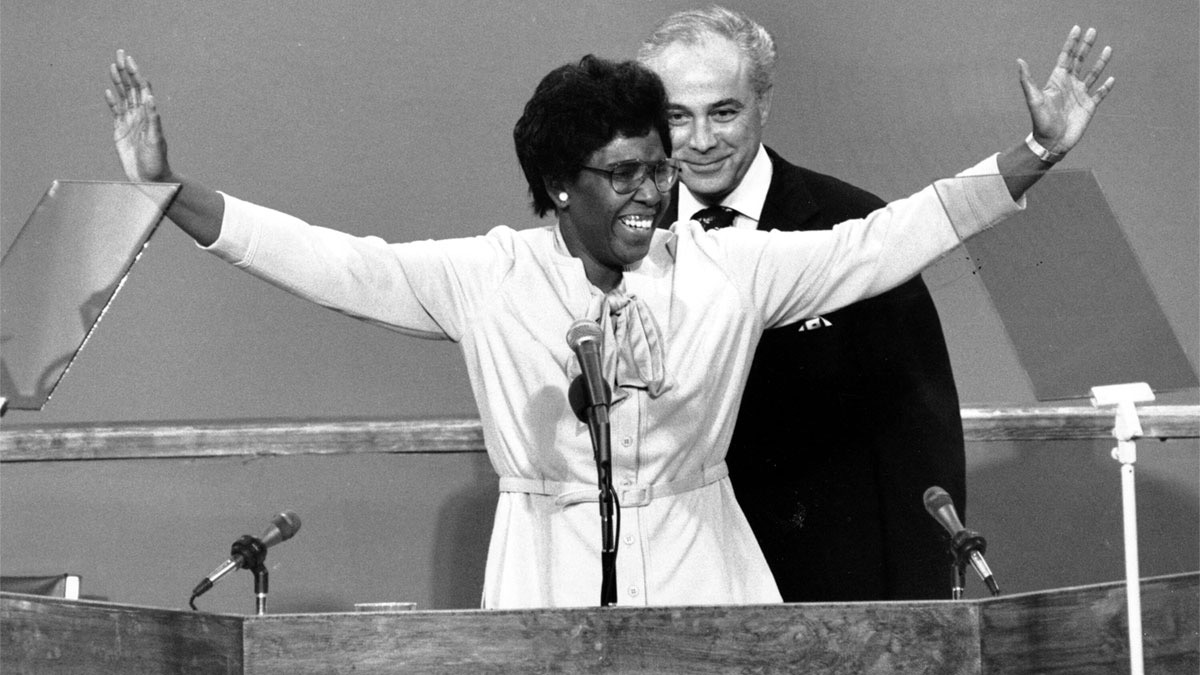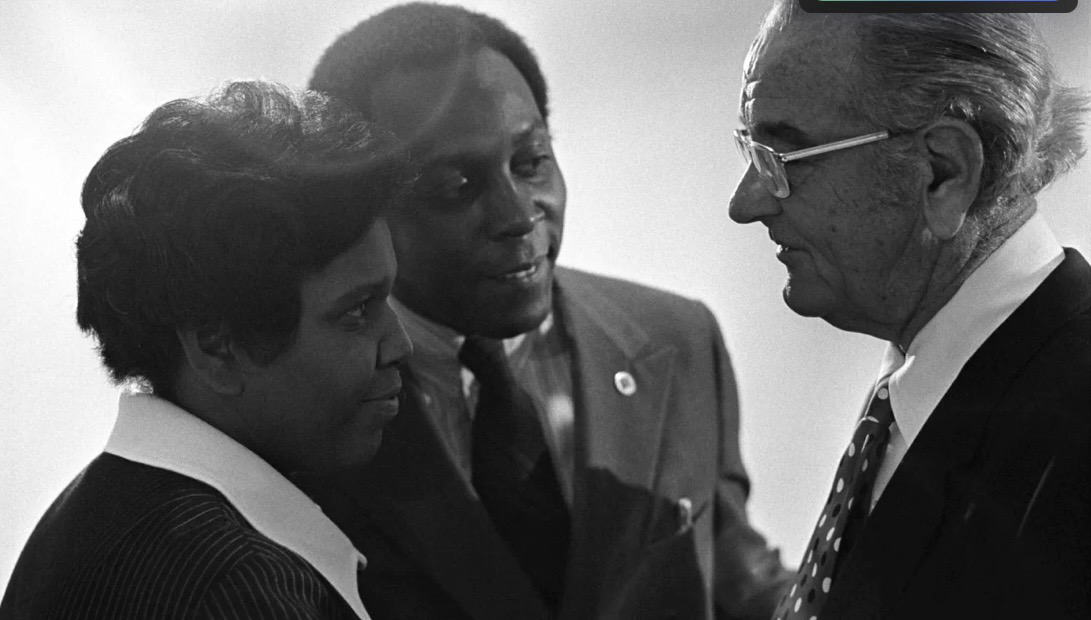Barbara Jordan—a Black woman from Houston’s Fifth Ward—crossed every line drawn to keep her out: the color line, the gender line, the sexuality line, the Mason-Dixon line. And when, 49 years ago this week, the nation asked who would speak for America in crisis, she answered. With conviction. With the Constitution. And with a voice they never forgot.
1/ 20 #history #politics #histodons #blackandwhite
#photography #blackmastodon
Image: Barbara Jordan DNC keynote speech, NYC, July 12, 1976. AP.
There were many lines Barbara Jordan had crossed by the time she rose to speak on July 12, 1976—lines others had drawn to keep her out: the color line, the gender line, the Mason-Dixon line. But none of those lines were visible in that moment. Not to the cameras in Madison Square Garden. Not to the delegates on the convention floor. They heard only the voice.
2/20
Video: Barbara Jordan DNC Keynote Speech, Madison Square Garden , from July 12 to July 15, 1976, Pt. 1.
It was not the voice of youth. It was the voice of authority. Deep. Slow. Composed. It did not rise in pitch but in weight. Every sentence moved with a deliberate cadence, until the room itself leaned toward her.
“We are a people in a quandary about the present,” she said. “We are a people in search of our future.”
It was not a question. It was a diagnosis.
3/20
Video: Barbara Jordan DNC Keynote Speech, Madison Square Garden , from July 12 to July 15, 1976, Pt. 2.
Her presence there had not been foretold. The script had not been written for a Black woman to keynote the Democratic National Convention. It had never happened. But Barbara Jordan had made it impossible not to ask. And when they asked, she answered.
4/20
Image: Sleet, Moneta, Jr. Barbara Jordan and Andrew Young, photograph, 1967, accessed July 16, 2025),University of North Texas Libraries, The Portal to Texas History, Texas Southern University.
She did not come from wealth or from whiteness or from access. She came from Houston’s Fifth Ward. From a neighborhood where houses leaned, where fences sagged, and where the most reliable currency was the sound of your own word.
5/20
Image: Young Barbara Jordan with her sisters. L to R: Barbara Jordan, Rose Mary McGowan, Bennie Craswell, c. 1950-1960s (African American Library at the Gregory School).
bonfire.cafe
A space for Bonfire maintainers and contributors to communicate

